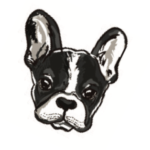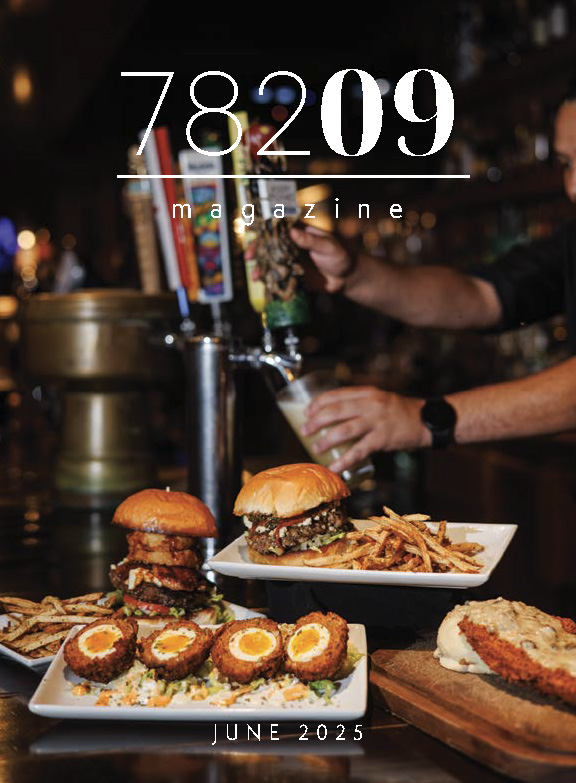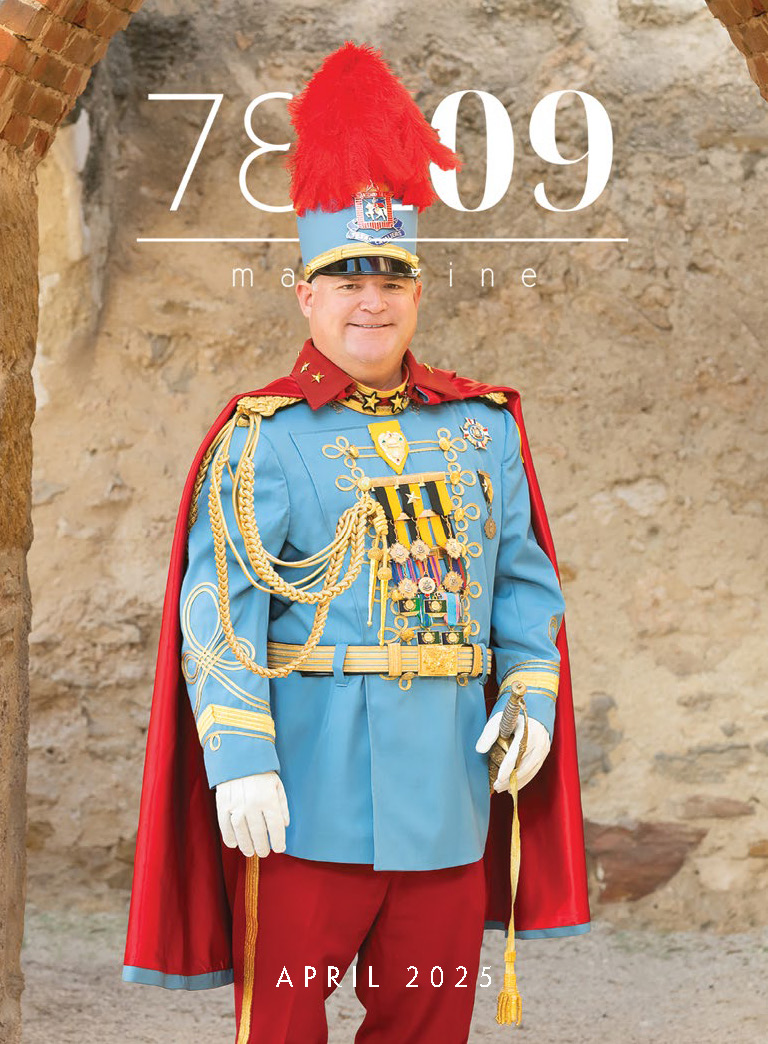How a handicapped pup made a difference

Charlie was found to have drywall nails in a back leg. But being an amputee didn’t dent his style!
Notice the orange balloon on his back paw.
Jenny Wilson, Ph.D., lives in Alamo Heights.
One day, the Associate Professor of Reading wanted a new pup. So, she visited Animal Care Services.
There was “Charlie,” with his little, pink tongue, and light grey hair, just waiting for Jenny to come, and save him.
“He was just your regular, ‘San Antonio Special,’ a chihuahua, schnauzer, terrier mix,” she says.
Jenny adopted Charlie. But he limped. So she took him to her vet.
“When the vet saw his X-ray, he was just appalled,” she says.
“He had been beaten, and had had drywall screws, put through his leg, for no reason. We ended up amputating his leg.”
Yes, San Antonio is home, to such monsters!
But Wilson says that like many disabled pets, and people, Charlie quickly adapted to having only three legs. “He hopped, he ran, and did his ‘zoom-ies,'” (zooming around the room).”
Today, three-legged dogs are called “tripods.”
Hip!
Do you know what else is hip? Walking your pet, in a baby stroller. Which is exactly what Jenny did, with Charlie.
“When we would go on long walks, he loved to be in the stroller. He would hike some, but then get into the stroller.”
A pet’s disability makes them quick learners, teaching them about the obstacles in life. “He had already been through it all.”
And, there is another pawsitive quality, to handicapped dogs.
“A lot of dogs with disabilities are no longer an alpha dog. What is great about that is that they fit in, with whatever other animals you might have. They are often not aggressive towards cats, and they are not aggressive towards other dogs, they want to be friendly because they know that they are not in charge. So, you end up with a dog who can go anywhere, and be with anybody. They’re good with kids, and they’re good with cats.”
Adopt a tripod, and never worry about your darling starting a brawl, at the dog park!
Owning a disabled pet means meeting new people.
“When I was sitting at a coffee shop, and he was sitting with me, which happened a lot, people were genuinely interested and sweet to him. They would want to know what had happened to his leg.”
Charlie became an ambassador for the handicapped among us, those missing an eye, an ear, a leg.
“They are the hardest to adopt out,” says Jenny. “People worry that there will be health issues, that it is a lifetime commitment to fixing the dog or getting the dog additional help, and that is just not true. Once Charlie had been fixed of what was wrong, he was a regular dog, just with three legs.”
Tripod owners are inventive!
For example: to protect Charlie from skidding on hard floors, they bought birthday balloons, to put on his feet. They put down yoga mats, to make non-skid surfaces.
Jenny studied blogs and websites, addressing tripods.
She learned was that it was important for her dog to develop strong back muscles, to assist his hindquarters. This supported the lone back leg, known as a “kickstand.”
I write this in tribute because Charlie died this summer. He was 12. He caught a virus, and though a healthy pup, (look at all of the care and devotion he got), he could not survive it.
But he had a great nine years with Jenny.
This kind lady saved his life!
Jenny wants people to know that handicapped pets bring much joy to their owners. She hopes that people wanting a dog will consider a “special needs” animal. There may be a challenge here and there, but that can make life, all the more rewarding.
Woof, woof!
Roxie
By Berit Mason







